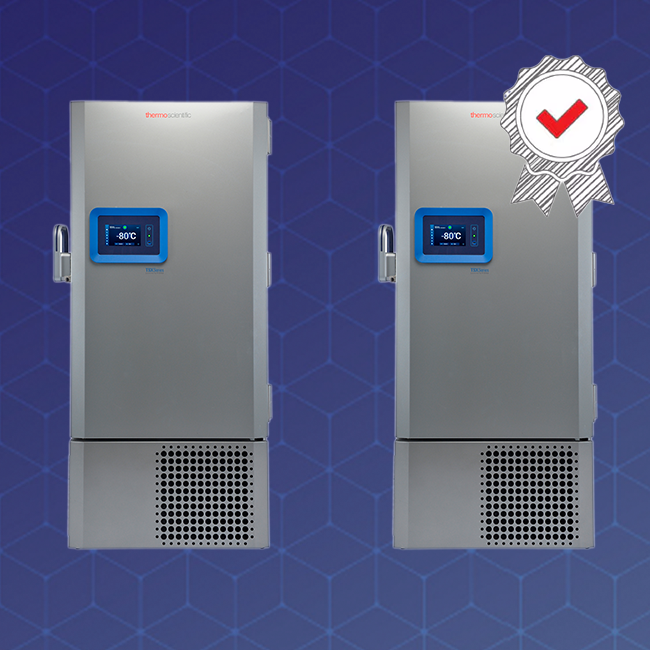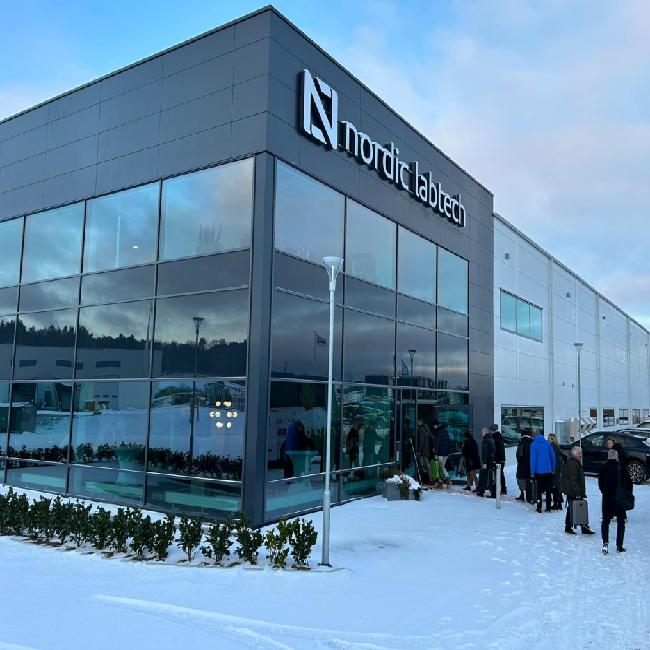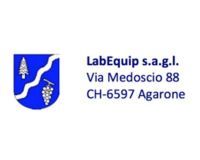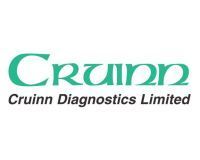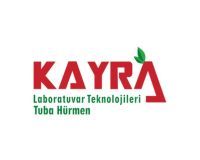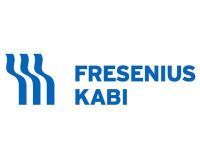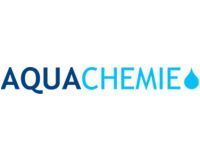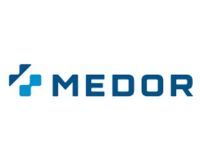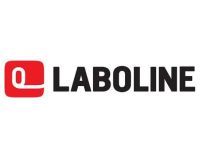Cryogenic storage: liquid nitrogen or mechanical freezer?
17 April 2024
In short, cryogenic storage is all storage that takes place below -130°C degrees. In fact, it has been proven that at a temperature of -130°C degrees or colder, all living organisms come to a standstill. Below this temperature, the aging process stops and cells can be stored indefinitely. The most well-known forms of cryogenic storage are: liquid nitrogen and mechanical freezers. But what are the advantages and disadvantages of these forms and what options are available? Together with our director Robert van der Kuijlen we discuss these options so that our customer can make the best choice.
Greater safety margin with liquid nitrogen
Liquid nitrogen (here in after referred to as LN2) has been used for cryogenic storage for many years. In the liquid phase, this form offers a uniform temperature of -196°C. This means that the temperature remains stable over an extended period of time. Robert adds: ''This temperature of -196°C gives users confidence in storing their precious research. In fact, should something fail or the LN2 supplier is temporarily unable to deliver, it will take some time for the temperature to reach -130°C. Without opening the lid, the samples still remain safe for several days.''
Store in liquid or vapor phase?
It is commonly chosen to store samples in the liquid phase due to the certainty of -196°C, which provides a greater safety margin. Robert: ''However, keep in mind that more LN2 is consumed in the liquid phase because more evaporation occurs when removing a rack. We have seen in recent years that more and more customers are choosing to store their samples in the vapor phase.''
A 1995 article wrote about the possibility of cross-contamination in the liquid phase. ''Because of this, more and more people are choosing vapor phase storage instead of fully immersing the samples in LN2. In the former case, any possibility of cross-contamination is eliminated, but the safety margin is reduced in case the LN2 supplier is temporarily unable to supply,'' Robert mentions.
Difference between automatic and manual filling of LN2
In cryogenic storage in LN2, we distinguish between automatic and manual filling. In the case of automatically filled tanks, a system automatically replenishes the LN2 vessel. In the case of manually filled vessels, it is up to the user to replenish the vessel himself.
Manually filled storage vessels have a smaller neck opening. The small neck opening makes the LN2 less likely to evaporate because the static evaporation rate is reduced. Automatically filled tanks are more convenient and offer much greater storage space. They do consume more liquid nitrogen due to the larger neck openings and pre-cooling of lines during automatic replenishment.
View brochure for exact quantities of storage per application.



